Yoga Blog
Energizing Morning Yoga Practice: Wake Up Your Body and Boost Your Energy
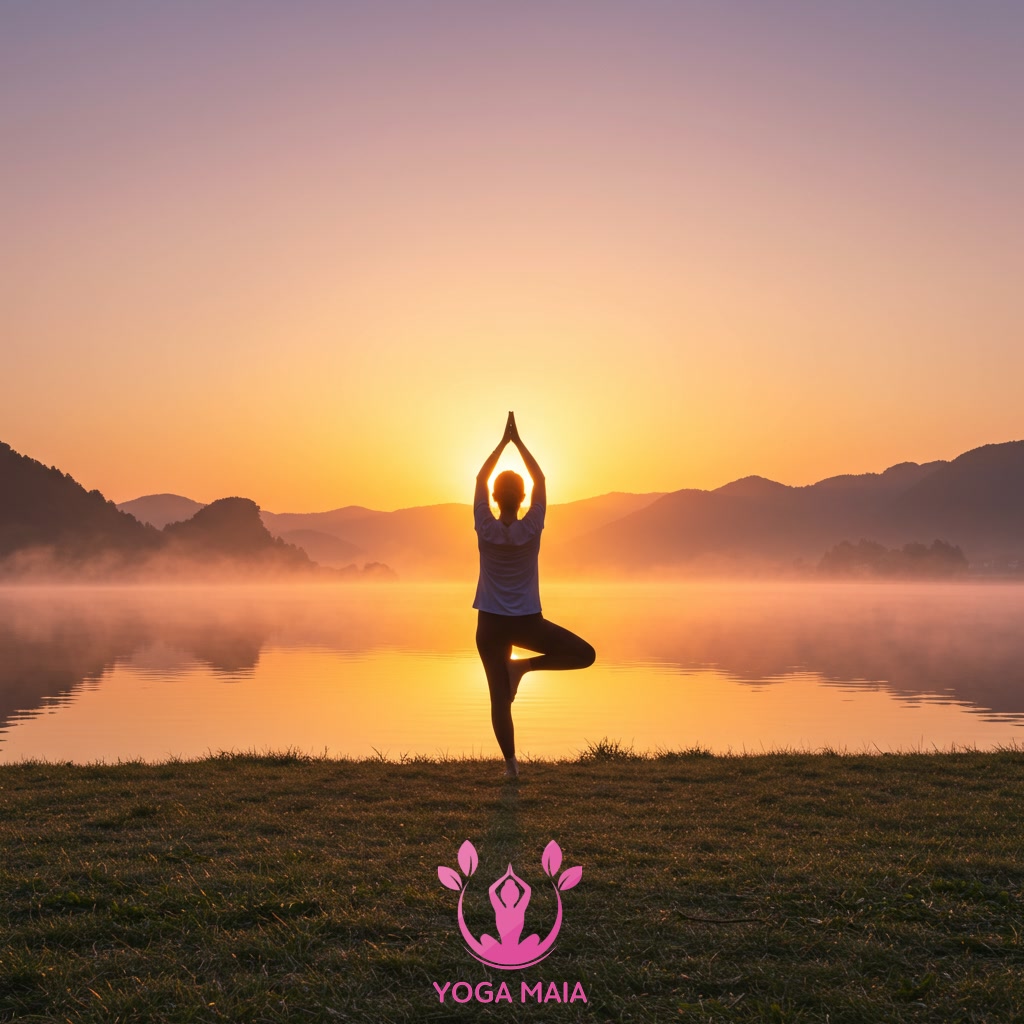
This material outlines an energizing yoga practice specifically designed for the morning. The objective of this routine is to help individuals effectively wake up their bodies. It aims to boost energy levels, setting a positive tone for the day ahead through yoga movements. Engaging in this practice provides a practical method for physical and mental preparation each morning.
Table of Contents
Section 1: Introduction: The Benefits of Morning Yoga
Starting your day with yoga is a powerful way to set a positive tone. Morning yoga gently awakens your body, stretching muscles and increasing circulation after rest. Beyond the physical, it offers significant mental benefits. Practicing yoga in the morning can help clear your mind, reduce feelings of stress or anxiety, and improve your focus for the tasks ahead. This dedicated time for movement and breath work boosts your energy levels naturally, preparing you both physically and mentally to face the day with greater vitality and calm. It’s a simple yet effective ritual to enhance overall well-being right from the start.
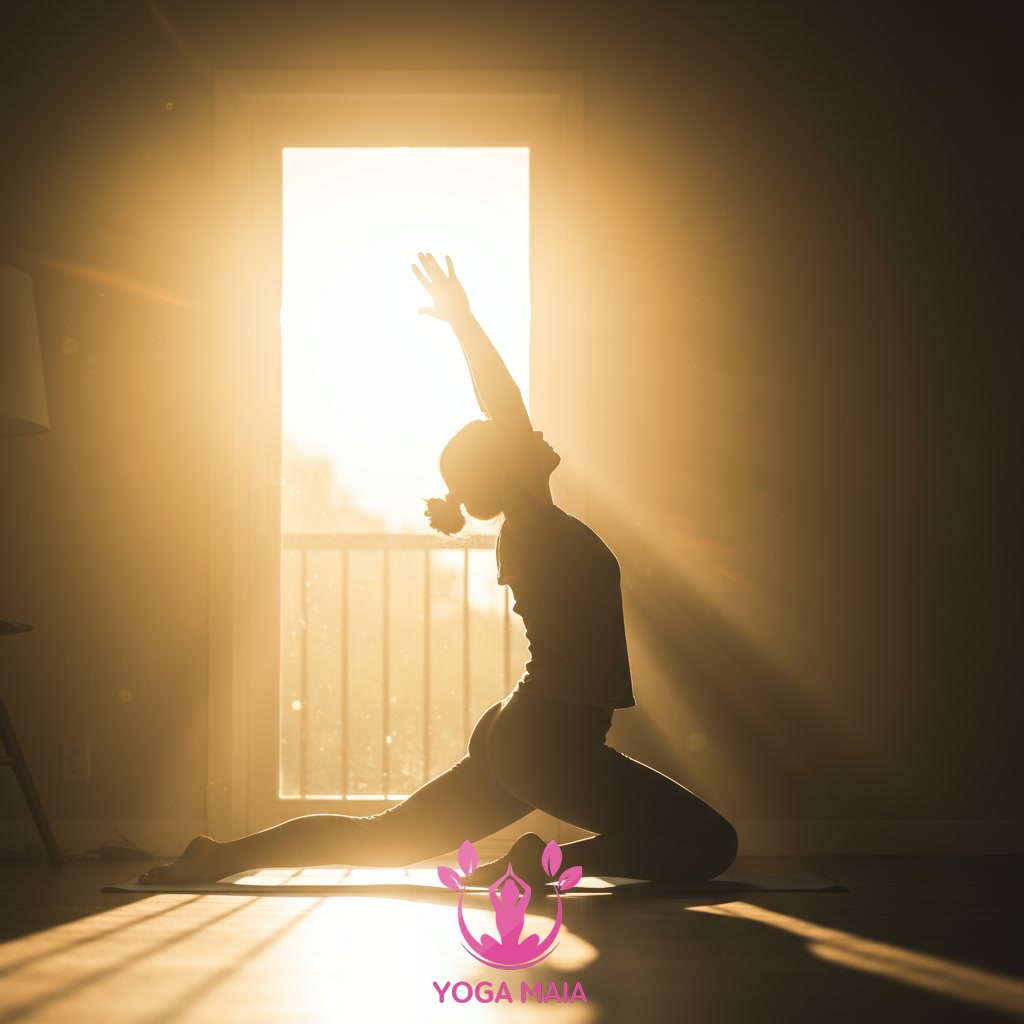 Introduction: The Benefits of Morning Yoga
Introduction: The Benefits of Morning Yoga
Section 2: Setting the Space and Intention
Before beginning your energizing morning yoga practice, take a moment to set up your environment and your mindset. Find a quiet, comfortable space where you won’t be interrupted. This could be a corner of a room, a patio, or any area that feels peaceful. Lay out your yoga mat if you’re using one. Ensure you are wearing comfortable clothing that allows for free movement. Equally important is setting an intention for your practice. This could be a simple word like ‘energy,’ ‘calm,’ or ‘gratitude,’ or a short phrase about how you want to feel after the practice or throughout your day. Taking these few moments helps create a dedicated space, both physically and mentally, for your yoga journey to begin.
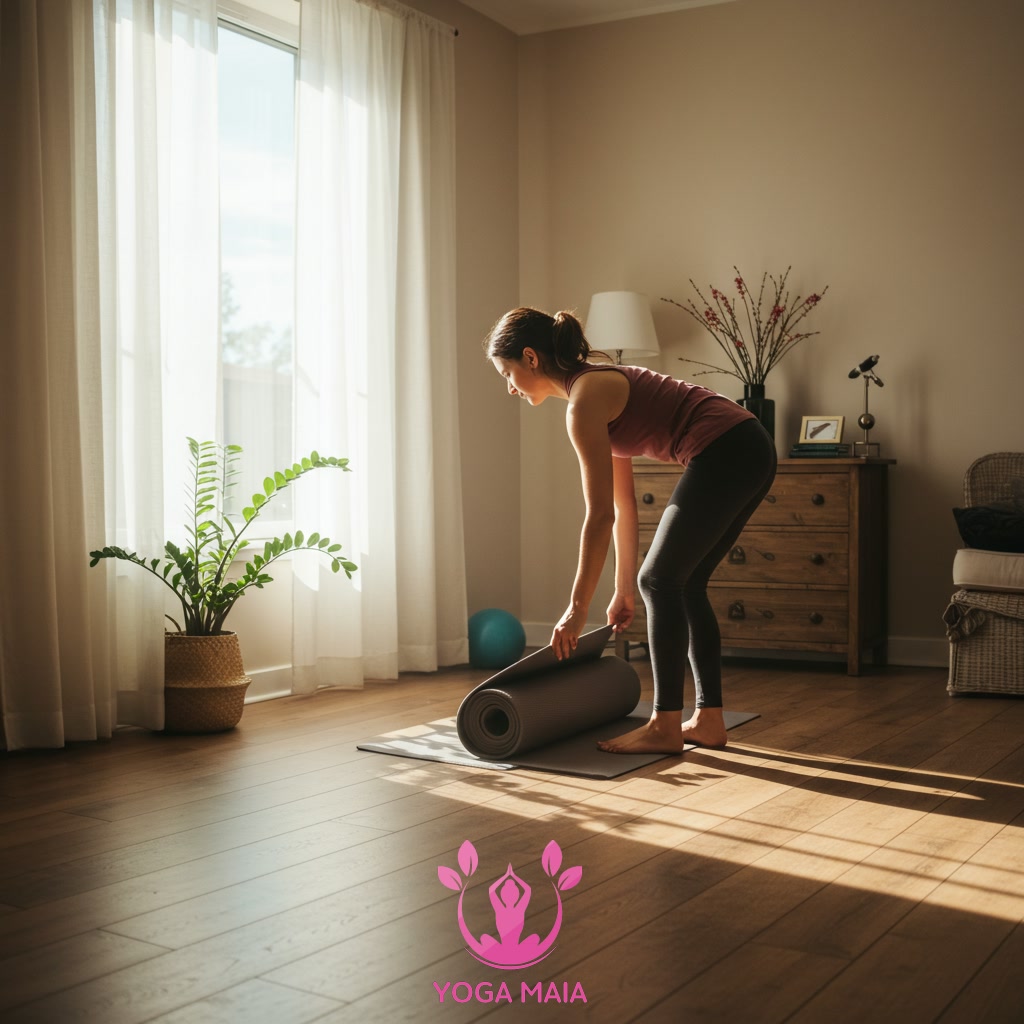 Setting the Space and Intention
Setting the Space and Intention
Section 3: Gentle Warm-up and Breath Awareness
Begin this section by finding a comfortable seated position, either on your mat or on a cushion. Allow your spine to lengthen and your shoulders to relax. Gently close your eyes or soften your gaze downwards. Bring your awareness to your breath, noticing its natural rhythm without trying to change it initially. Feel the inhale and exhale as they occur. Then, deepen your breath slightly, inhaling fully and exhaling completely. You can begin some very gentle movements here, such as slow neck rolls or shoulder shrugs, coordinating them with your breath. This initial phase is about arriving fully in your body and connecting with your breath, setting a calm and focused foundation before moving into more dynamic poses.
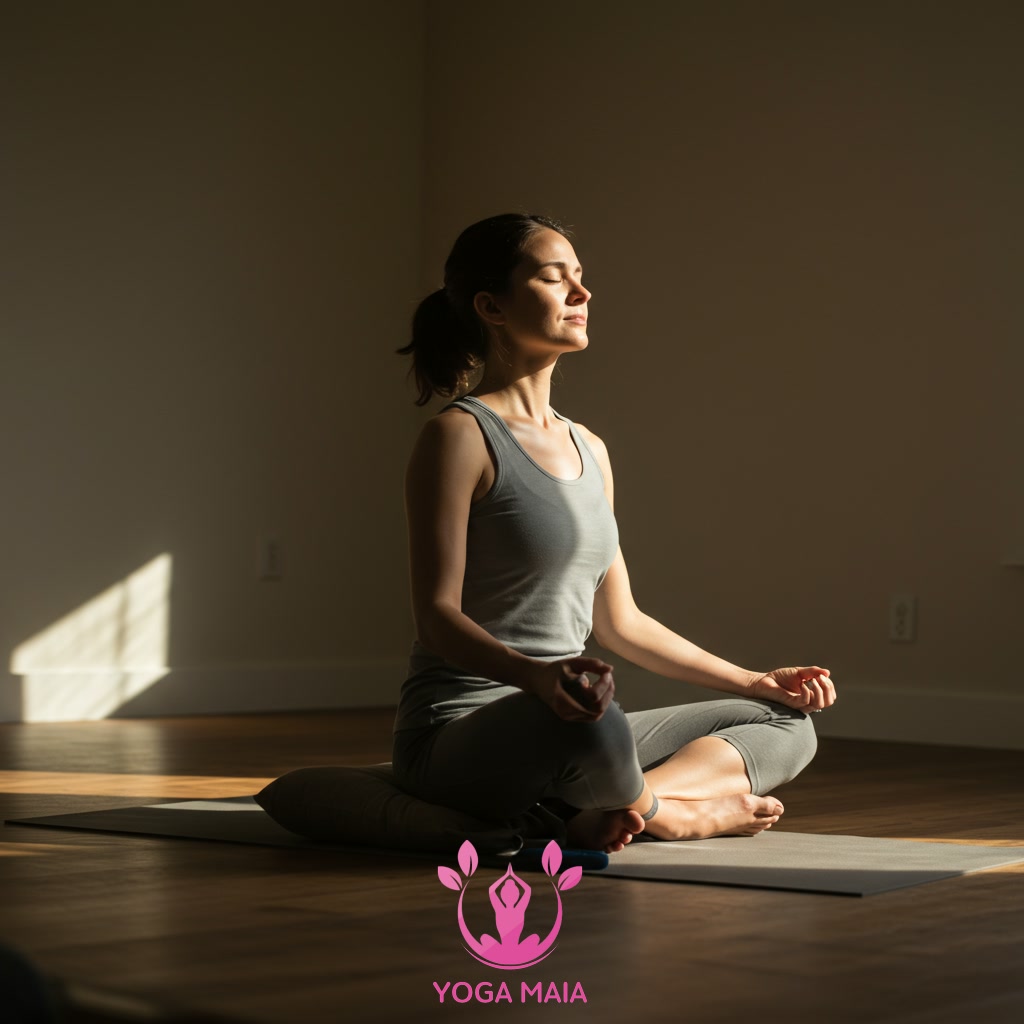 Gentle Warm-up and Breath Awareness
Gentle Warm-up and Breath Awareness
Section 4: Energizing Poses and Flow
Moving beyond the initial seated position, this section introduces a sequence of dynamic poses and flowing movements specifically chosen to invigorate your body and mind. We will transition into gentle stretches and movements like Cat-Cow to awaken the spine, followed by variations of Sun Salutations or similar sequences that build warmth and energy. The focus here is on connecting breath with movement, creating a fluid flow that stimulates circulation and releases stiffness accumulated overnight. These poses are designed to be accessible yet effective, preparing your muscles and joints for the day ahead while fostering a sense of vitality and readiness. Pay attention to your body’s signals, moving with intention and allowing the flow to build momentum as you progress through the sequence.
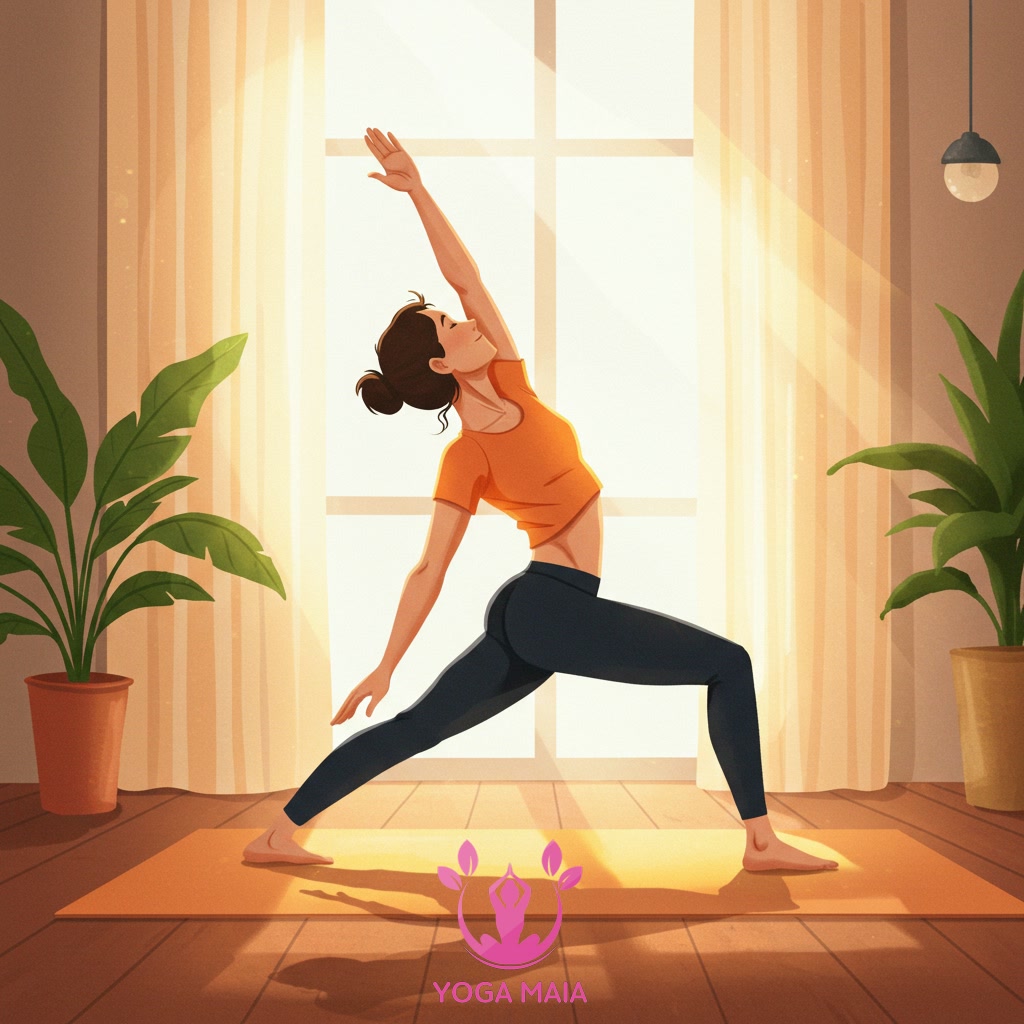 Energizing Poses and Flow
Energizing Poses and Flow
Section 5: Pranayama for Vitality
Building upon the invigorating movement sequence, we now transition to the practice of Pranayama, or conscious breath control, specifically chosen to enhance vitality. While the previous poses awakened the physical body, these breathing techniques focus on increasing your energy levels and mental clarity. Pranayama practices like Kapalabhati (Skull Shining Breath) or Bhastrika (Bellows Breath) are particularly effective in the morning. They involve rhythmic, forceful exhalations that generate internal heat and stimulate the nervous system, helping to clear sluggishness and bring a sense of aliveness. By consciously directing your breath, you oxygenate your blood, calm the mind, and prepare your entire being for the day ahead, adding a powerful energetic layer to your morning yoga routine.
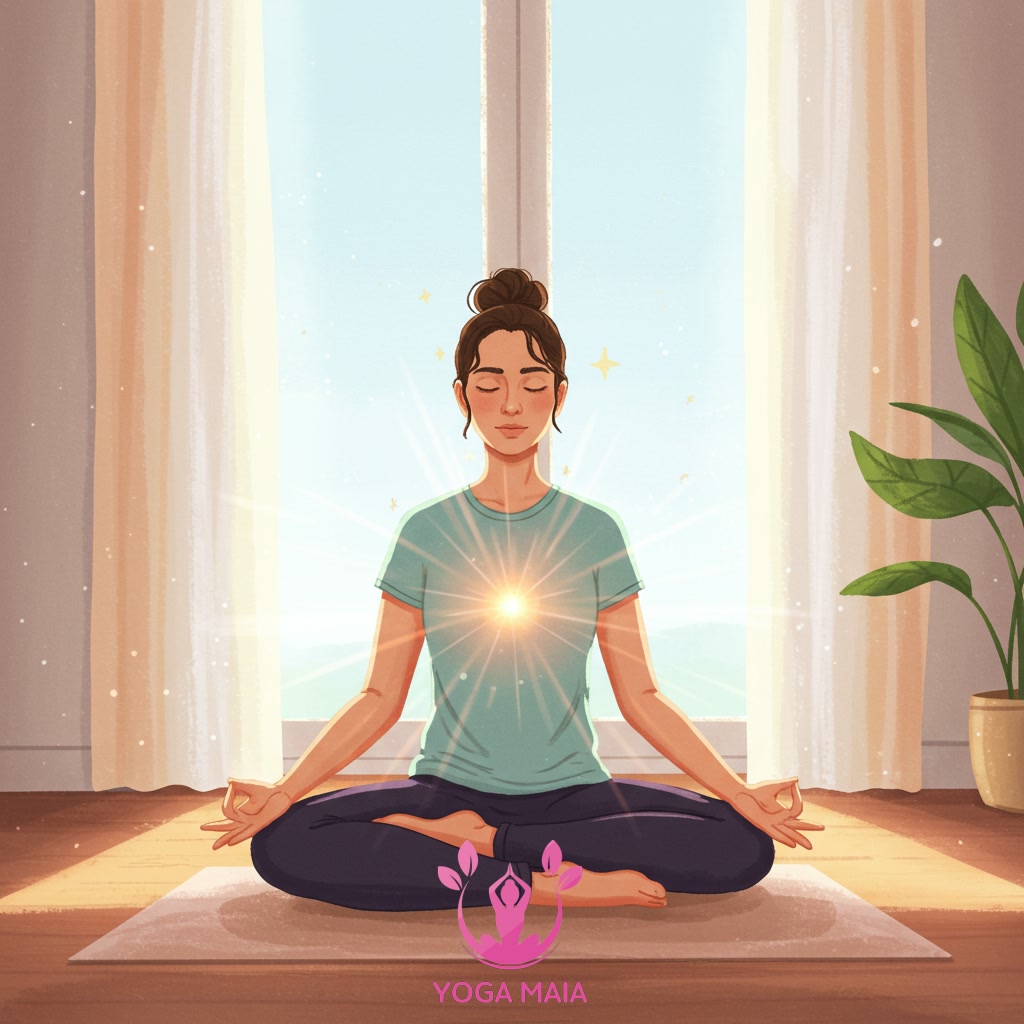 Pranayama for Vitality
Pranayama for Vitality
Section 6: Cool-down and Savasana
Following the invigorating movements and vitalizing breathwork, we now transition to the essential phase of cool-down and final rest, known as Savasana. This part of the practice is crucial for integrating the energy cultivated and allowing the body to fully relax after the active sequence. Begin by slowing down your movements and breath, perhaps moving through gentle stretches like a seated forward fold or supine twists to release any remaining tension. Finally, lie down flat on your back for Savasana, allowing your limbs to relax completely and your breath to return to its natural rhythm. This period of stillness helps to calm the nervous system, promoting a sense of peace and grounding before you step fully into your day. It’s a time to simply be, without effort or expectation, absorbing the benefits of your morning practice.
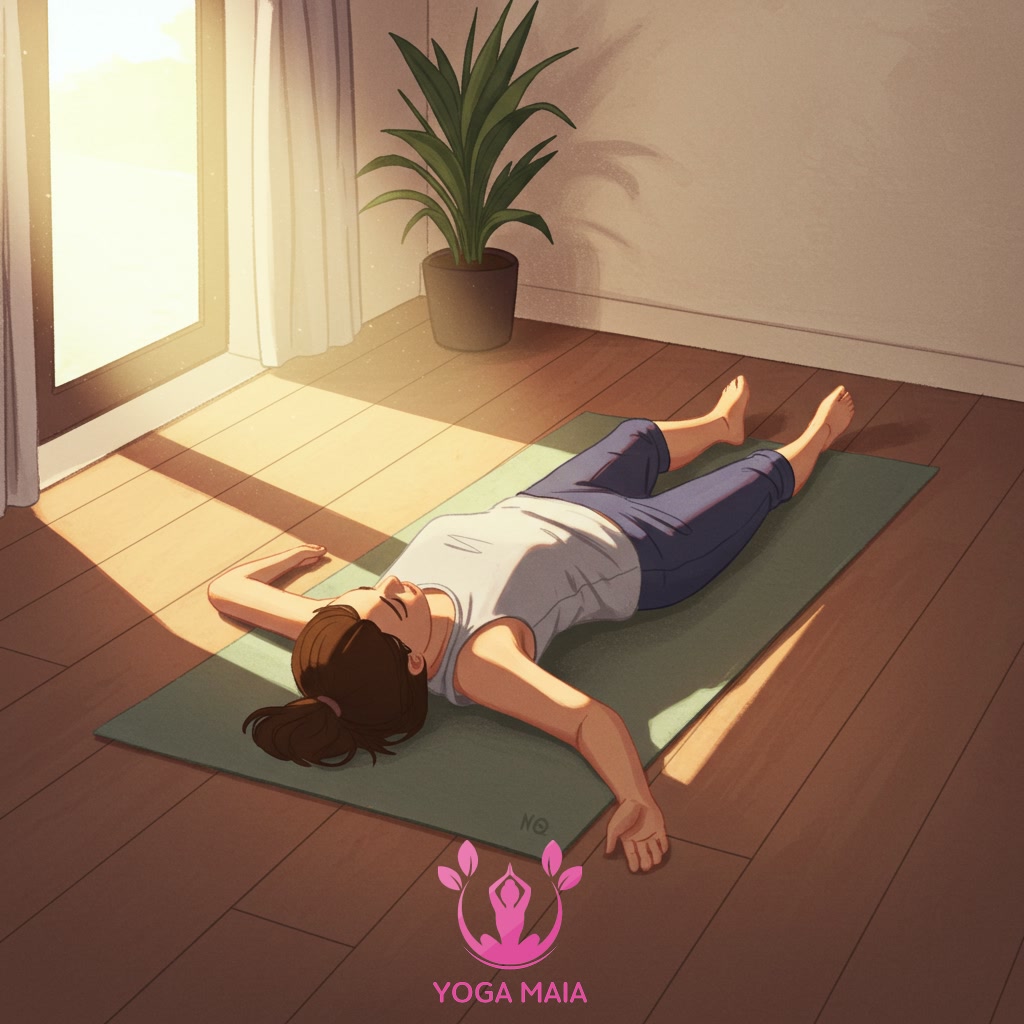 Cool-down and Savasana
Cool-down and Savasana
Section 7: Making Morning Yoga a Habit
Having completed the cool-down and Savasana, the journey doesn’t end on the mat. To truly benefit from this energizing morning practice, the goal is to transform it from an occasional activity into a consistent habit. Making morning yoga a regular part of your routine can significantly impact your energy levels and mindset throughout the day. Start by committing to a specific time, even if it’s just 10-15 minutes initially. Prepare your space the night before to remove any barriers in the morning. Be patient with yourself; building a new habit takes time and consistency, not perfection. Recognize that some mornings will be easier than others, but showing up is the most important step. Over time, this dedicated practice will become a natural and indispensable part of your healthy morning ritual, setting a positive tone for everything that follows.
 Making Morning Yoga a Habit
Making Morning Yoga a Habit












